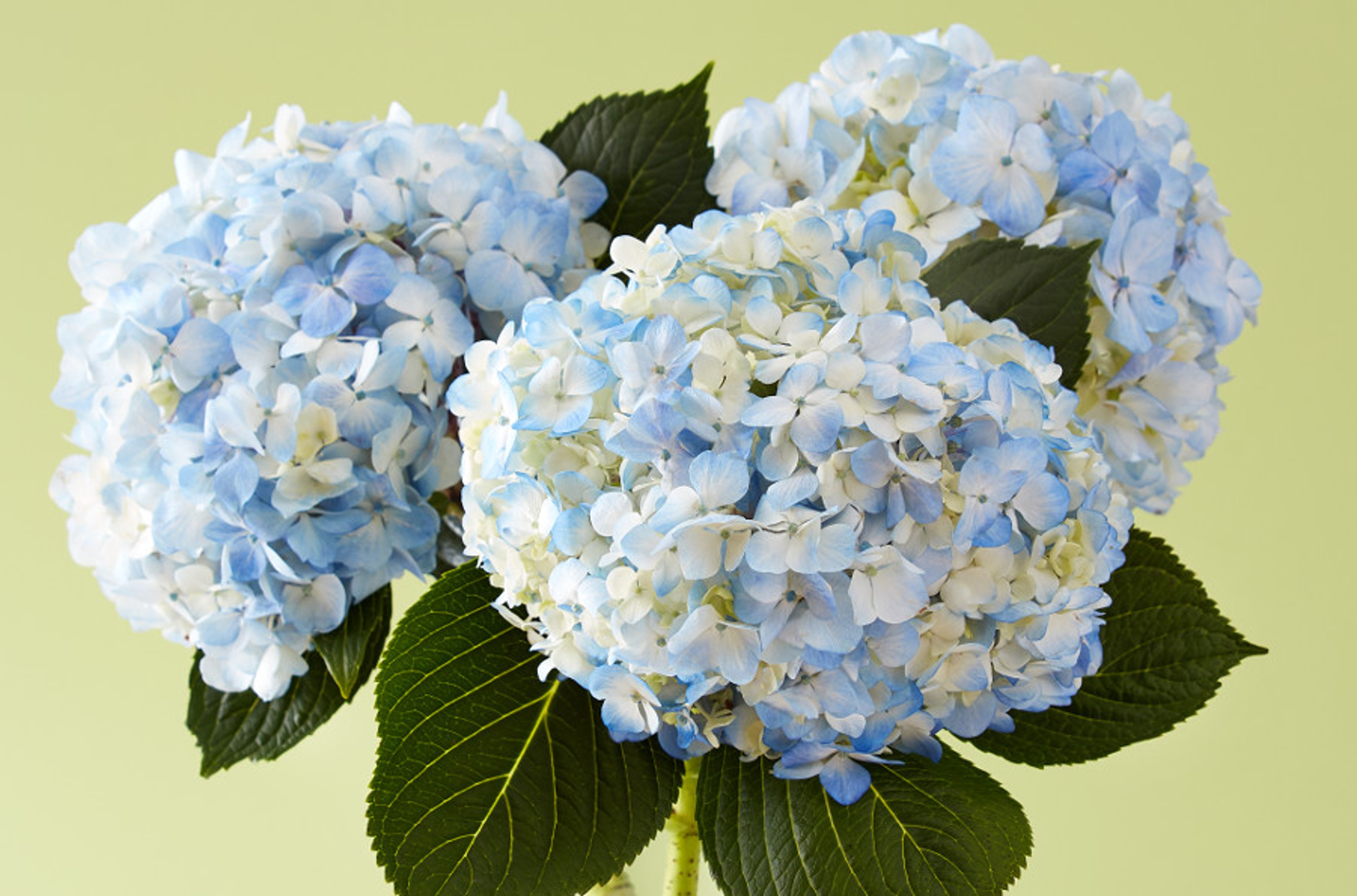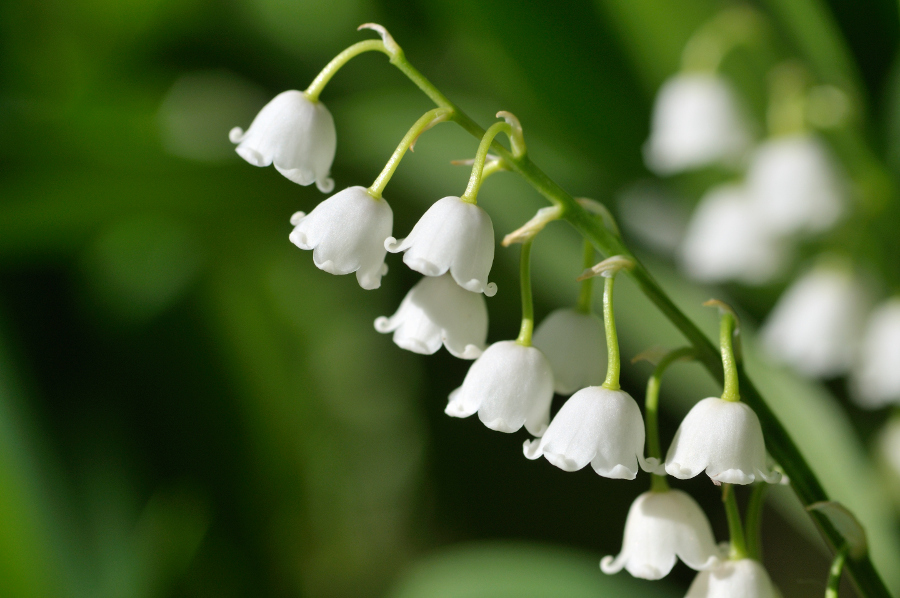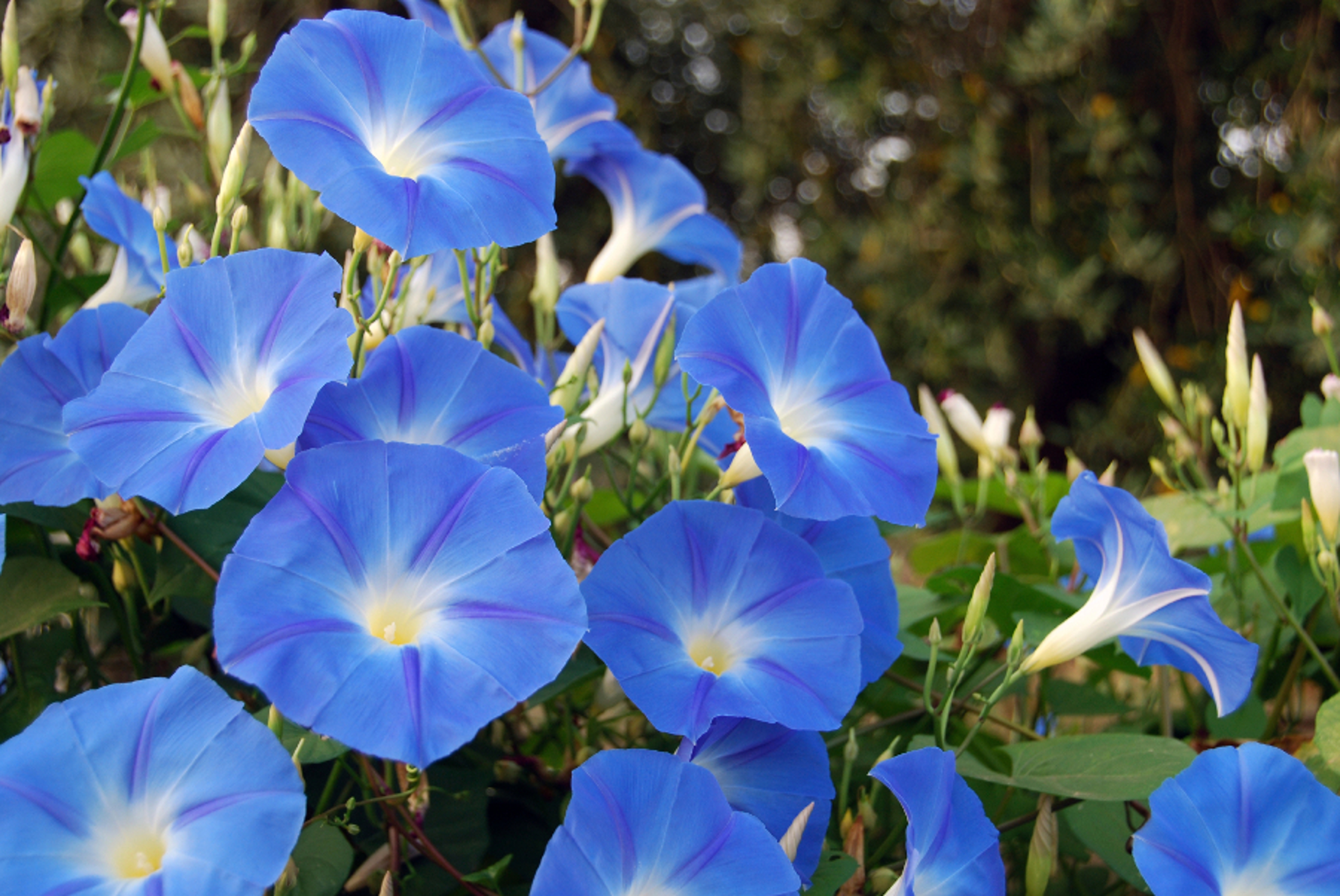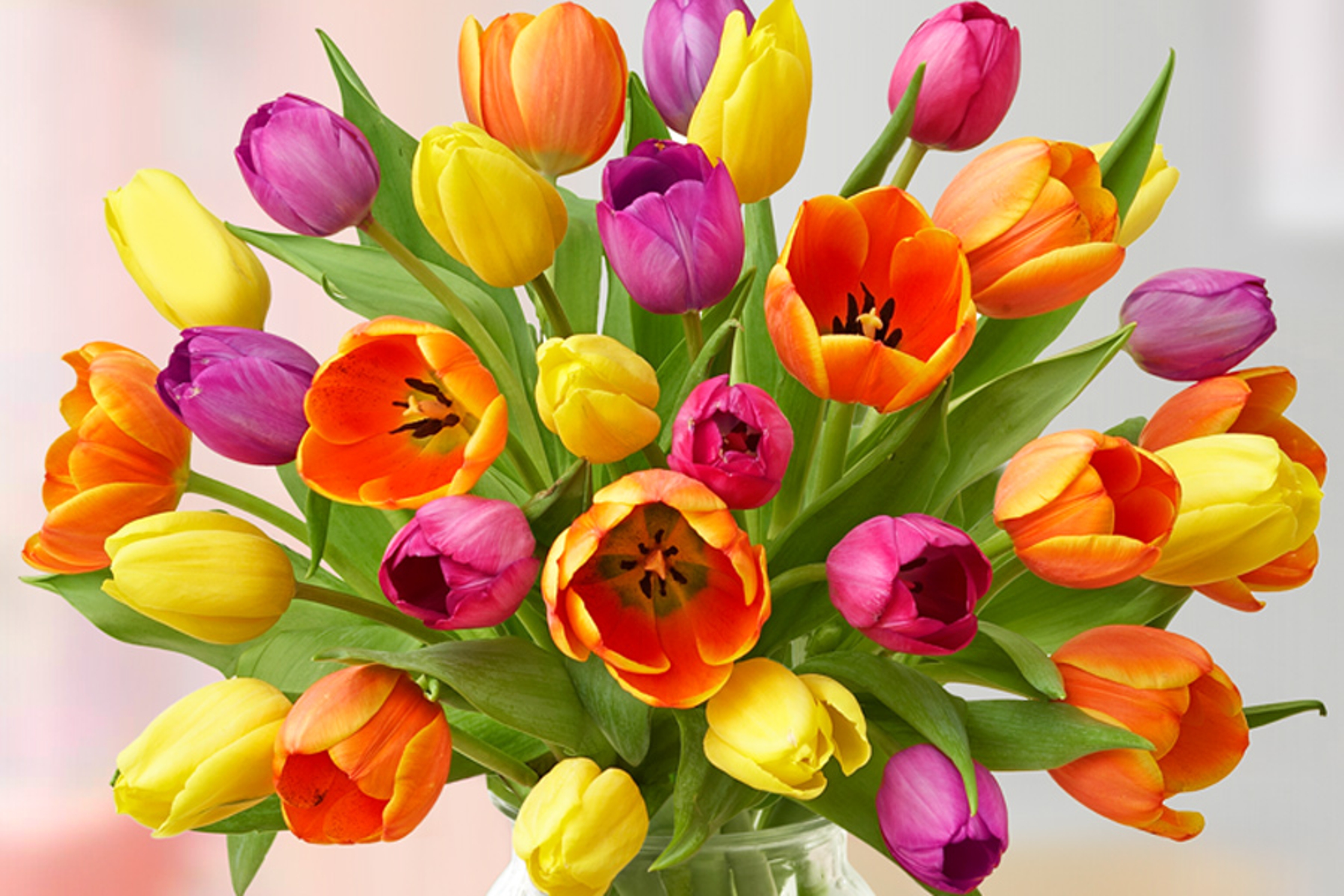A Guide to Poisonous Flowers
These poisonous flowers may look pretty, but they're not at all fit for consumption. Check out our list of the most common poisonous flowers.
May 30, 2016
Flowers are a stunning addition to homes and gardens, but just like some plants can be harmful to humans, a select few flowers can make people sick if they are consumed. Since it can be hard to tell at first glance whether a flower is poisonous, we're here to provide some expert insight into which flower species you should not eat.
Take a look at our guide to poisonous flowers.
Daffodil

- Where they grow: Daffodils grow in temperate and Mediterranean-type climates and naturally thrive on the edge of forests and mountainsides.
- What’s poisonous: All parts of a daffodil are toxic.
- Symptoms: When swallowed, poisoning from daffodils may result in mouth irritations, nausea, vomiting, abdominal pain, and diarrhea.
Hydrangea

- Where they grow: Hydrangeas grow best in areas with rich, porous, and moist soils. They also prefer an environment with full morning sun and some afternoon shade.
- What’s poisonous: The buds and the leaves of hydrangeas are toxic.
- Symptoms: When ingested, hydrangeas can cause stomach pain, headache, dizziness, vomiting, and trouble breathing. In certain situations, these symptoms may be delayed.
Lily-of-the-valley

- Where they grow: A lily-of-the-valley is a perennial flower that is typically found in areas of the Northern Hemisphere that have a temperate climate.
- What’s poisonous: All parts of a lily-of-the-valley are toxic.
- Symptoms: Eating a lily-of-the-valley can cause poisoning that results in digestive problems, blurry vision, confusion, rashes, and heart trouble — specifically, an irregular heartbeat.
Morning glory

- Where they grow: Morning glories are native to tropical America, though they may be found in regions with a subtropical or temperate environment.
- What’s poisonous: The seeds of morning glories are toxic.
- Symptoms: Eating morning glory seeds can result in anything from diarrhea to hallucinations. Blurred vision and confusion have also been reported.
Tulip

- Where they grow: Native to mountainous regions, tulips are most commonly found in places that have dry summers and cold winters.
- What’s poisonous: The leaves, stems, roots, and berries are all toxic, with the bulbs containing the greatest amount of toxic chemicals.
- Symptoms: Poisoning from eating tulips may cause skin and mouth irritation, as well as abdominal upset and dizziness.
How to protect yourself from poisonous flowers
Similar to how you would protect yourself from poisonous plants, humans can protect themselves from poisonous flowers by not touching or eating anything that we aren’t familiar with. Even if a flower looks like it could grow in your own backyard, and even if the flower is planted in your own backyard, the safest thing to do is not eat it. And, if you touch it, make sure your skin is properly covered so there is no direct contact.







